More than 70% of car drivers believe that it is already possible to purchase a car that can drive itself, according to a survey commissioned by Euro NCAP, Global NCAP and Thatcham Research.
The survey findings are in stark contrast to the current capabilities of such systems and highlight the significant confusion that exists amongst motoring consumers when it comes to the reality of automated or autonomous driving.
Euro NCAP has tested the comparative performance of advanced driver assistance systems in ten cars: the Audi A6, BMW 5 Series, DS 7 Crossback, Ford Focus, Hyundai Nexo, Mercedes-Benz C Class, Nissan LEAF, Tesla Model S, Toyota Corolla and the Volvo V60.
All of them feature a form of highway assist, which combines Adaptive Cruise Control, Lane Centering and Speed Assist Systems to support the driver in driving situations on motorways.
Euro NCAP’s key conclusions from these tests include:
- No car on the market today offers full automation or autonomy.
- Cars on the market today can provide driver assistance but this should not be confused with automated driving. The driver remains fully responsible for safe driving.
- Used correctly, this technology can help the driver to maintain a safe distance, speed and to stay within the lane.
- These systems should not be used in situations they are not designed for and should not be relied upon as an alternative to safe and controlled driving.
- Different manufacturers have implemented different approaches to the application of driver assistance technologies in terms of the level of assistance given to the driver.
- Euro NCAP’s tests assess and highlight these differences and the varying degree of driver support each manufacturer provides.
Michiel van Ratingen, Euro NCAP secretary general, said: “Euro NCAP’s message from these tests is clear - cars, even those with advanced driver assistance systems, need a vigilant, attentive driver behind the wheel at all times. It is imperative that state-of-the-art passive and active safety systems remain available in the background as a vital safety backup.”
To give consumers a realistic insight into the capabilities of current Driver Assistance Systems on the market, Euro NCAP developed a series of tests to assess their performance in critical traffic scenarios simulated on a test track.
Adaptive cruise control was tested in an extended version of Euro NCAP's AEB test, with approach speeds that match those typically seen on European motorways.
In the cut-in test, a car from the adjacent lane merges into the lane just in front of the test car. For the cut-out scenario, a car in front leaves the lane abruptly to avoid a stopped vehicle ahead, leaving the system only a short time to identify and respond to the situation.
A second set of tests was developed to evaluate the Lane Centering function. The amount of steering support provided by each system is determined in a so-called S-bend test at various speeds. Another test measures the amount of steering effort needed by the driver to swerve around a small obstacle on the road such as a pot hole.
Besides testing the system’s main functions, Euro NCAP also verifies the information provided by the manufacturer in media, commercials or in the user’s manual to check that no false or exaggerated claims are being made, and that the information on the system and its limitations is sufficiently clear and complete.
The Results
Adaptive Cruise Control:
Both the DS and BMW offered a low level of assistance, with the driver being primarily in control.
The Audi, Ford, Hyundai, Mercedes, Toyota, Nissan, Volvo offered a balance between driver and system assistance.
The Tesla risks an over reliance on the assistance system with the vehicle being primarily in control.
Steering:
In the S-bend test, a range of different driver assistance levels was encountered but the Tesla system created the potential for over reliance.
In the small obstacle ‘pot hole’ scenario, all the cars tested allowed the driver to cooperatively steer and manage the situation apart from the Tesla. The Tesla system does not allow the driver to deviate from the lane centering path and will disengage when a driver inputs steering torque. Again, this risks over reliance on the system by the driver.
Cut in and Cut Out:
Cut-in and cut-out scenarios are the most challenging of Euro NCAP’s tests and all of the cars were found to be seriously lacking. None of the systems were able to help and crashes could only be avoided if an alert driver braked or steered away from trouble.
These challenging scenarios highlight how important it is that the driver remains attentive and does not over rely on the system.
User manual and marketing information:
User manuals generally state clearly what the system limitations are and where they should be used. None of the systems restrict use by geofencing.
Generally, official marketing content is clear in what the role of the driver is, but in the case of BMW a promotional video for the 5 series is misleading as the driver takes their hands off the wheel where it is assumed that the vehicle can drive autonomously.
Tesla uses a number of promotional videos which also suggest vehicle autonomy. This creates a mismatch between more accurate information included in the user manual and more misleading information in marketing materials.

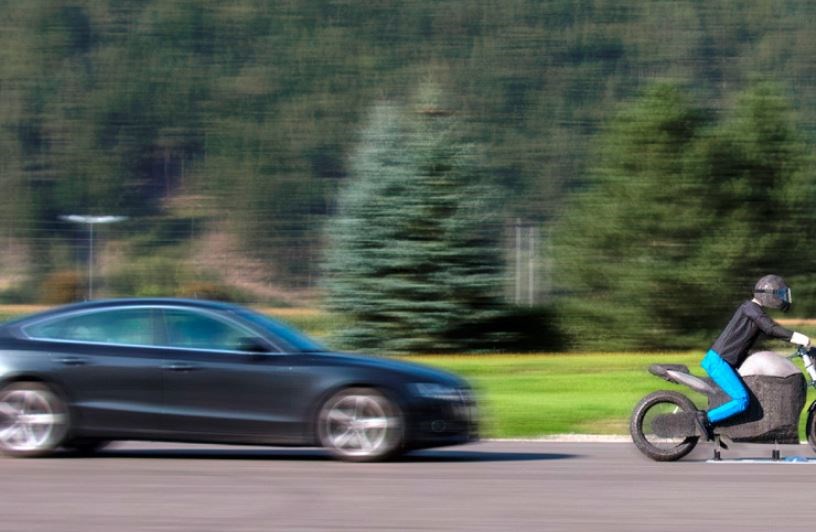


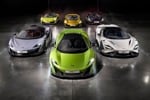

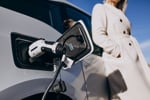
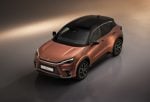
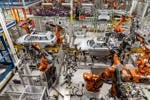







Login to comment
Comments
No comments have been made yet.